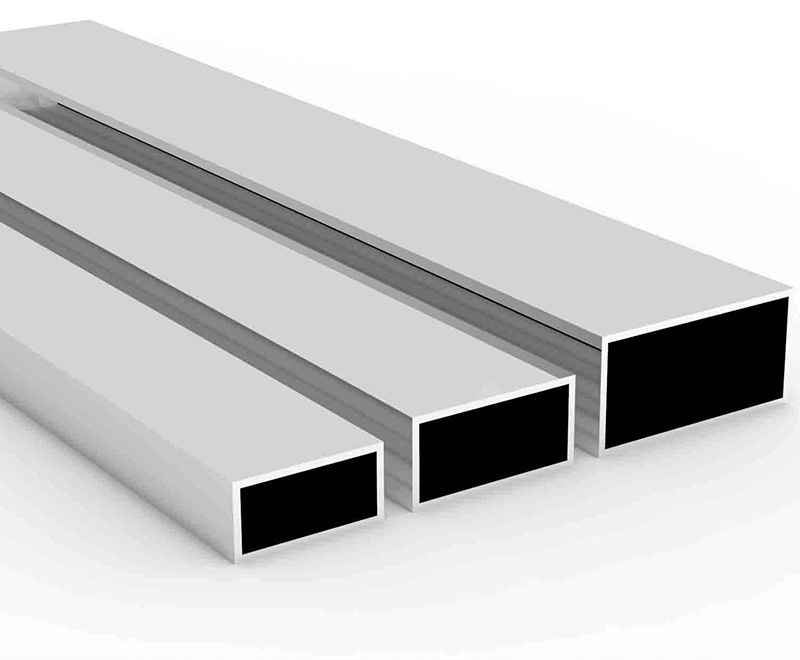Your Position: Home - Aluminum Profiles - The difference between industrial aluminum profiles and architectural aluminum profiles
Industrial aluminum profiles and construction aluminum profiles belong to the same 6063 grade aluminum profiles, so their alloy composition and alloy content are the same, so there is no difference between industrial aluminum profiles and construction aluminum profiles in terms of mechanical properties. In addition, their weldable properties, thermal conductivity, surface treatment properties, corrosion resistance and cutting properties are no different, so what is the difference between them?
1. Different cross-section shapes
Most industrial aluminum profiles have symmetrical structures and are relatively square. Most of the aluminum profiles for buildings have asymmetric cross-sections and relatively large curvature, and some have relatively large cantilevers. However, there are more cavities in industrial aluminum profiles than architectural aluminum profiles, mostly with round holes.
2. Different wall thicknesses
In general, the wall thickness of industrial aluminum profiles is greater than that of architectural aluminum profiles. Since the load-bearing of the door, window and curtain wall profiles is not so high, they play more of a decorative role, so the wall thickness is relatively thin. Most of the industrial aluminum profiles are used in equipment frames and brackets, so the load-bearing requirements are relatively high, and the wall thickness is thicker.

3. Different surface treatment methods
The surface of industrial aluminum profiles generally only needs anodizing treatment, and at most a sandblasting process is added to make it matte. There are many surface treatment methods for building aluminum profiles, such as spraying, electrophoresis, wood grain transfer, etc. Because architectural aluminum profiles pay more attention to decoration, the colors are richer. Industrial aluminum profiles pay attention to atmosphere and cleanliness. Generally, only natural color oxidation treatment is required, and a few black oxidation is required.
4. Different quality requirements
The shape and position tolerance requirements of industrial aluminum profiles are higher than those of architectural aluminum profiles, and the surface quality requirements of the substrate are higher. Because of the transparent oxide film formed by the anodizing of industrial aluminum profiles, any defects on the surface of the substrate will be visible at a glance.
100
0
0
Previous: None
Comments
All Comments (0)